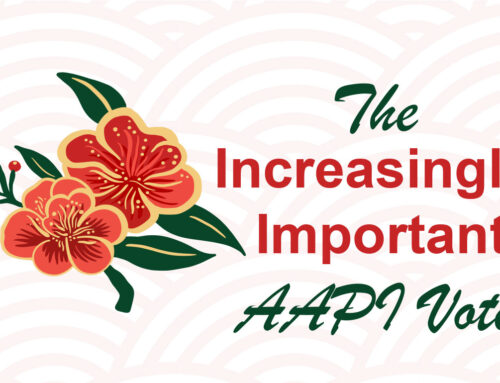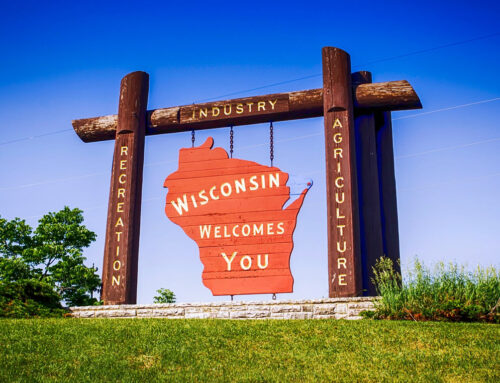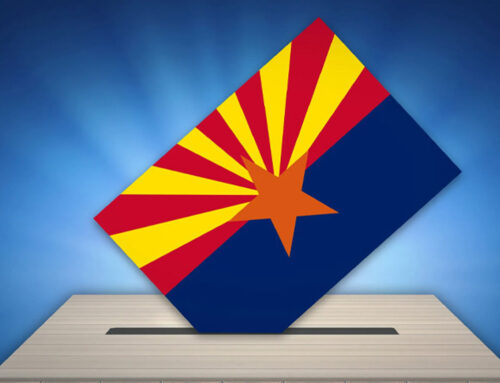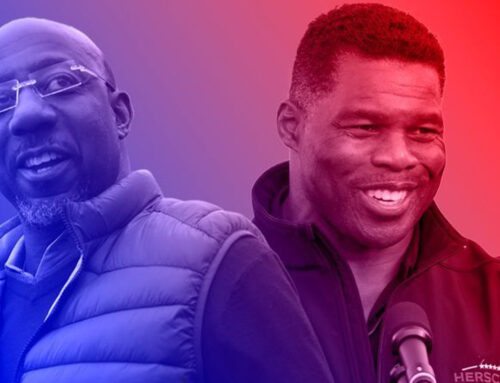By Tom Bonier
It’s an understatement to write that America is living through challenging times. We are experiencing a public health crisis, an economic crisis, widespread protests over racial injustice, and the impacts of climate change as wildfires spread on the West Coast. As a result, the composition of the electorate may be more fluid than any presidential election in recent memory and the outcome of the 2020 elections remains as tough to predict as ever.
However, an examination of TargetSmart’s voter file paired with an analysis of voter registration data from local election administration officials gives us as good a sense as possible of where things stand.
Impact of COVID-19 & National Protest Movement on Voter Registration
Last month, we wrote about how voter registration dipped from March through May because of the COVID-19 pandemic. Unlike normal presidential years when we see a surge in voter registration during those months, voter registration numbers tanked across the board as COVID shut down the economy, delayed primaries and depressed turnout.
However, that negative trend line changed dramatically in June when protests against racial injustice swept the nation, activating Americans across our country, and voter registration over the summer months rebounded to match 2016 levels.
As more voter registration data has become available, a clearer picture of the evolving electorate is emerging: the Midwestern Rust Belt states that have been the center of many of the Black Lives Matter protests are seeing some of the biggest voter registration gains that are favorable for Democrats. (Note: Data reflects registered party where available, and TargetSmart modeled party in states without partisan registration.)
Here are a few examples:
Michigan
From June – August 2020, our modeling suggests that 114,451 Democrats registered to vote (that number includes both new voters, people who have moved, and party-switchers). 55,934 of those registrations this year are new registrations in the state, which includes both new voters and people who moved to Michigan from another state. Democrats’ surge in voter registration also gives them a significant advantage over Republicans, who registered 67,267 voters, 33,362 of whom are new voter registrations in the state.
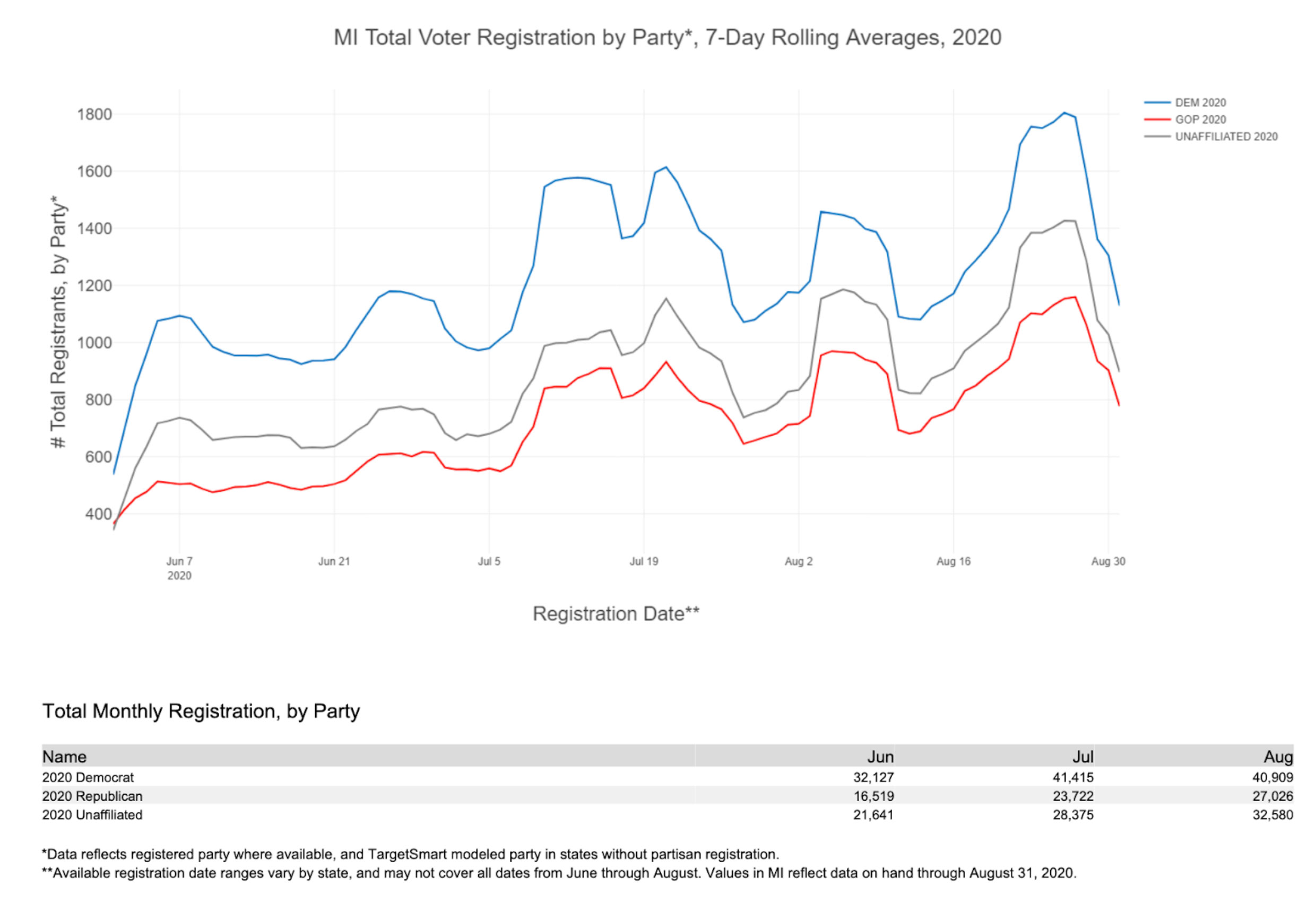
Minnesota
In Minnesota, the epicenter of the protest movement, voter registration for Democrats accelerated this summer. Between the beginning of June and August 23rd, the most recent day that data is available from the state, Democrats gained 95,345 voters (29,928 of whom are new voters in the state). Republicans meanwhile gained only 46,274 voters, less than half as many Democrats (14,685 of those registrations are new voters in the state).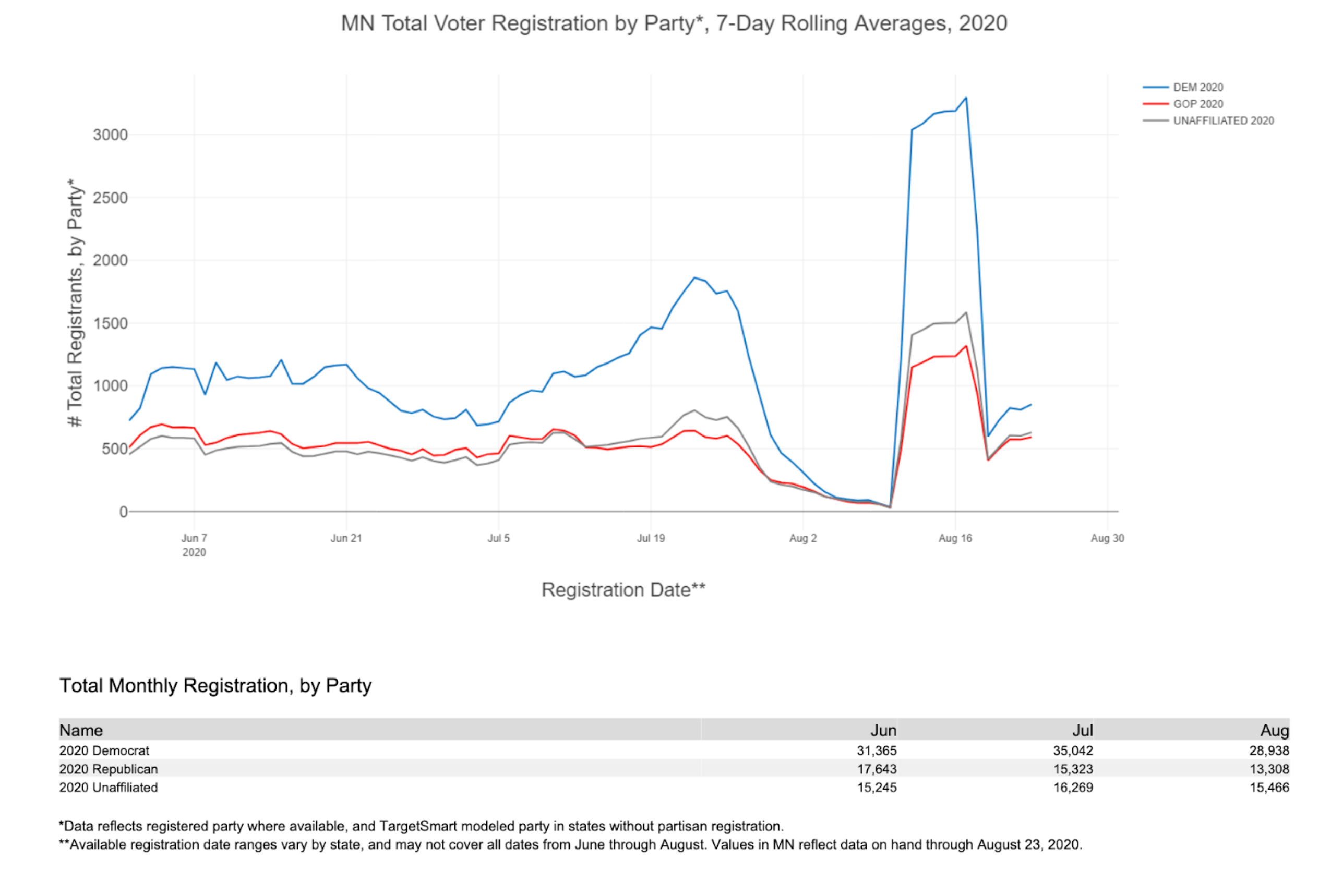
Wisconsin While we don’t yet have data from the past few weeks when protests accelerated in Kenosha and throughout Wisconsin, Democrats have been leading in voter registration numbers over the summer (NOTE: Data in Wisconsin is up-to-date through July 22, 2020).
In June and the first part of July, Democrats gained 23,901 voters (21,196 of whom are new voters in the state). Democrats are also outpacing Republicans: who gained 17,657 voters in those two months, only 73.8% as many as Democrats (16,019 of whom are new voters in Wisconsin).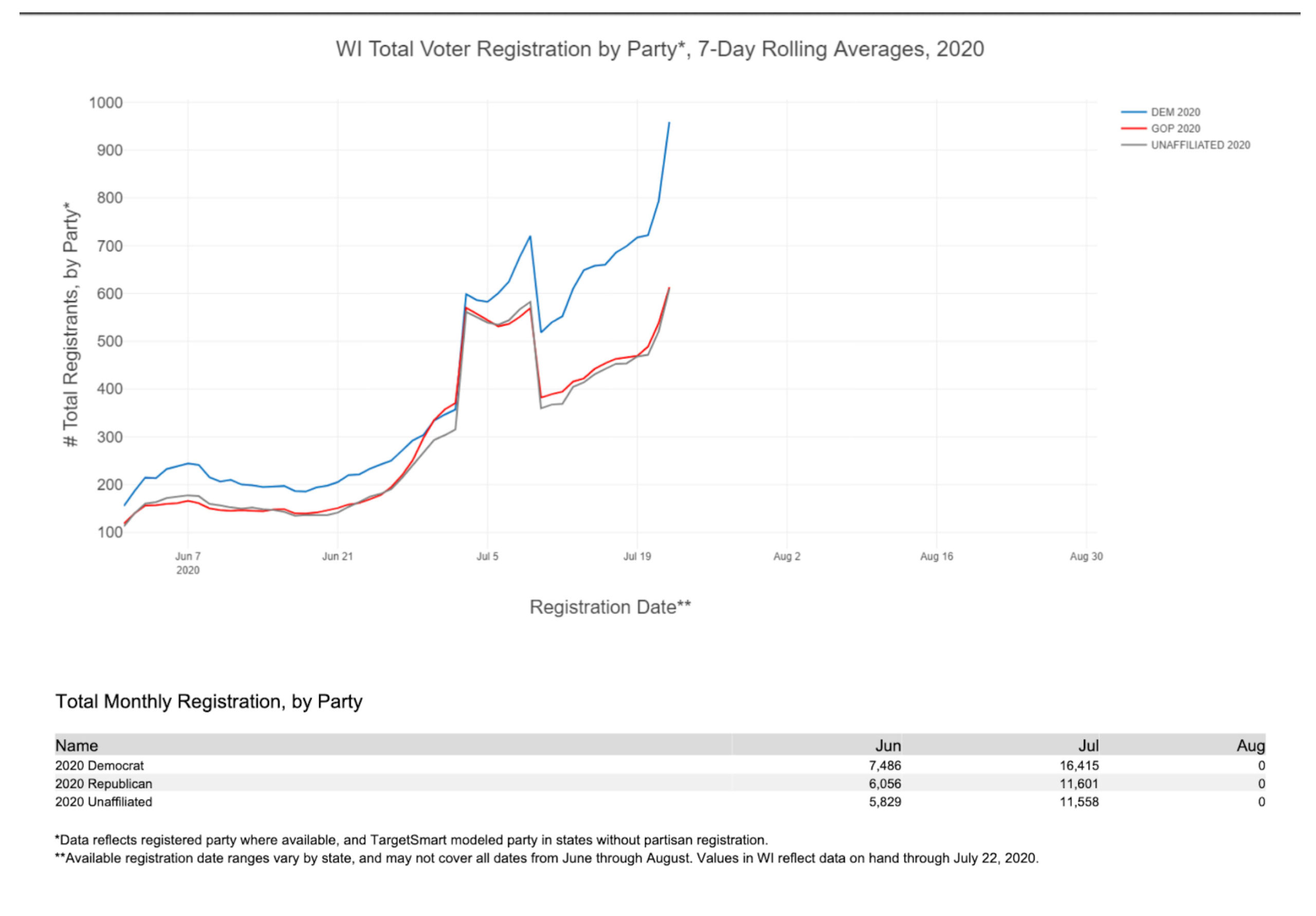
Other States
Several other states are also strong spots for Democrats. For instance in Georgia, 57,436 voters have registered as Democrats in June and July, outpacing the 44,240 voters who have registered as Republicans during those two months.
Meanwhile, North Carolina continued a trend that’s been true all year: 30,716 voters registered as Democrats in June and July, outpacing the 27,340 voters who registered as Republicans.
Democrats continue to demolish Republicans in voter registration in Colorado, which they’ve done all year: 25,207 voters registered as Democrats between June 1st and August 11th while only 15,670 voters registered as Republicans during that time in the state.
NOTE: This data does not include voters who have registered as independents or are not members of a political party.

